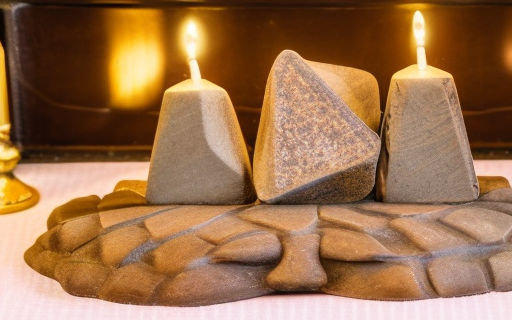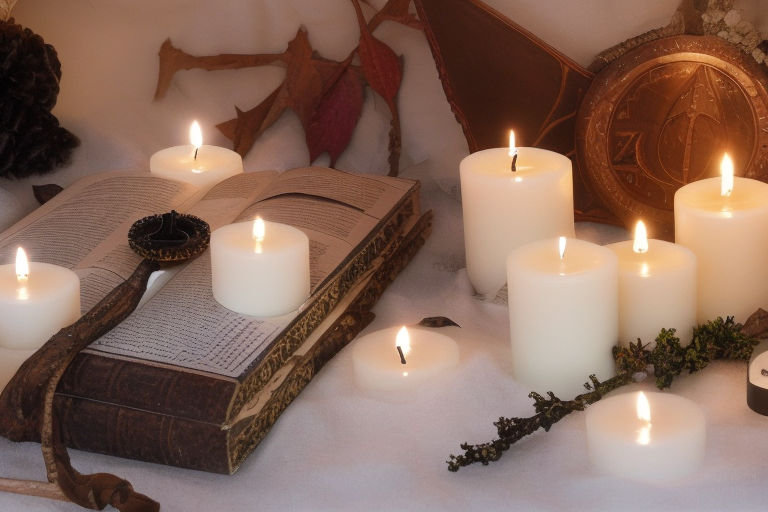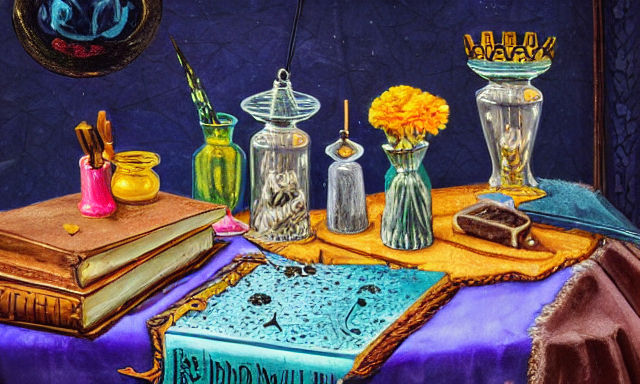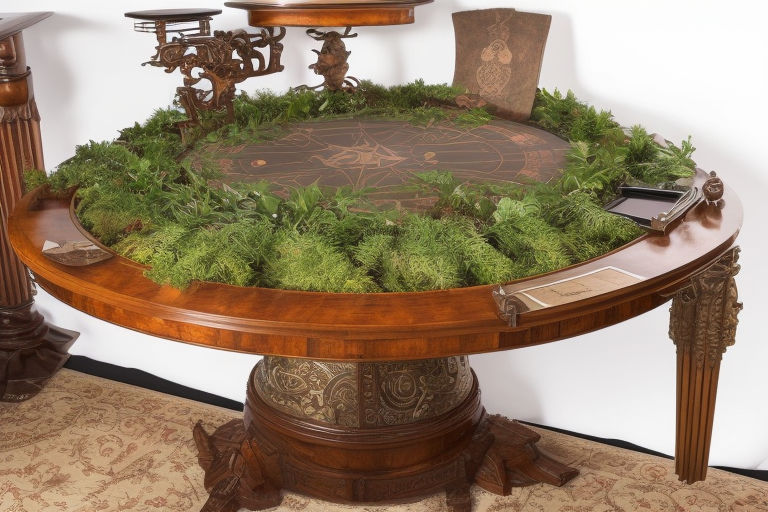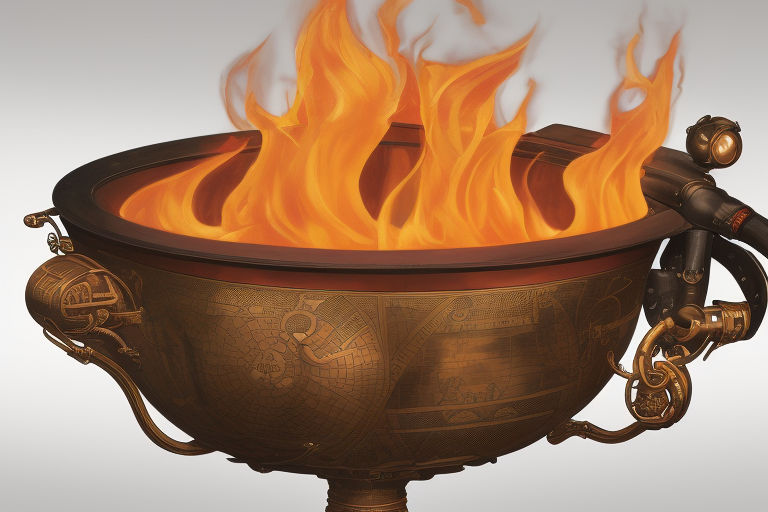How Did Pagans Celebrate the Equinox?
In ancient times, the equinox marked the arrival of Spring, which Pagans have continued to celebrate today. This change in the seasons is attributed to the expansion of the powers of the God and Goddess. In some traditions, this event also saw the birth of the Green Man, who is a personification of the great force at work in the world. In modern times, people celebrate the equinox with seasonal foods, including mulled cider.

Mabon is a pagan holiday
Mabon is a pagan harvest festival that takes place on the Autumnal Equinox each year. Also known as Harvest Home, this celebration marks the midpoint of the harvest cycle and is the second of the three harvest festivals on the Wheel of the Year. The other two are Samhain and Lammas.
Mabon is a pagan holiday that falls between Lammas (early August) and Samhain (late October). While the holiday has ancient roots, it is essentially a modern Pagan celebration. Many ancient cultures celebrated the fall equinox and harvest season, and Mabon draws upon these traditions.
The equinox is closely tied to the mid-autumn harvest. Mabon is the second harvest festival in the Wheel of the Year, behind Lughnasadh and Samhain. The purpose of this festival is to give thanks to the Earth Mother Goddess for the bountiful harvest. The harvest is also a time for preparation, as the plants will stop producing food during winter.
Another pagan holiday celebrating the equinox is Yule. The name Mabon derives from the Welsh god Mabon, son of Earth Mother Goddess. Although not a Celtic celebration, it has its roots in early Celtic traditions. In many countries, Mabon marks the beginning of deer hunting season.
The festival of Mabon is an excellent opportunity to reflect on past achievements and set new personal goals. In addition to being a time to set intentions, Mabon is a great opportunity to clear the mind of any emotional baggage that may have accumulated over the past year. Whether you are practicing a spiritual or pagan practice, Mabon is a time to light a candle, close your eyes, and breathe deeply.
If you’re looking for a way to connect with nature and celebrate this pagan holiday, consider making an outdoor altar. You don’t have to build a massive structure to make an altar; you can build one on a stable rock, tree stump, or cleared land. This will allow you to perform rituals outside without having to worry about it getting destroyed.
You can build an altar for Mabon using fruits and vegetables harvested during the autumn. Use colors such as red, orange, and bronze, and scents such as sage. You can also include crystals in dark colors to bring good vibrations to the altar. Candles in orange or yellow are also good choices, as they represent a sense of security and happiness.
Taking part in a circle
The Equinox is a time to celebrate the beginning of spring and the cycle of the seasons. In pagan cultures, it’s celebrated as Ostara, the first day of spring, by planting seeds and baking lavender and honey goodies. People also light black and white candles to commemorate the equal amount of day and night.
Taking part in a circle to celebrate the equinox is a great way to celebrate the start of spring. The equinox occurs on a specific day each year, though you can do rituals whenever you feel inspired. Two weeks after the equinox, a new moon will fall in Aries, which is a good time to set intentions and celebrate rebirth.
Many people take part in spring equinox rituals to honor the ancient Saxon goddess Eostre, whose symbolism includes fertility and new beginnings. Druids also use the equinox to mark the emergence of the Goddess of Spring. Even if you don’t follow any particular spiritual tradition, you’ll find this day to be a meaningful celebration no matter what your religious beliefs are.
The Spring Equinox occurs on different days each year, but they tend to fall around the same time. In 2022, it will fall on March 20th in the northern hemisphere and September 22nd in the southern hemisphere. In some places, it’s also celebrated as vernal equinox.
In ancient England, Druids and Pagans gathered at Stonehenge to watch the sun rise over the ancient monument. This ritual honors the beginning of spring and the coming of the sun. Ancient civilizations celebrated the passage of time by marking the passage of time in this way, and Stonehenge was no exception.
Visiting the graves of ancestors
In Japan, the vernal equinox and autumn equinox are both celebrated by visiting ancestors’ graves. These ceremonies are based on the idea that the worlds of the living and the dead become more closely connected during this period. As a result, this is an opportunity to take time for personal reflection and to pay respect to the dead.
The equinox is a time for family members to visit the graves of their ancestors. Some families even visit the graves of deceased members of their family and offer them offerings. Visiting the graves of ancestry is a common part of many pagan traditions. In addition to making offerings, people also pour water over the tombstones of their ancestors. After doing this, they perform a bow.
Buddhists believe that the Autumnal Equinox is the time when the veil between the physical world and the spirit world is thinnest. They also believe that this day is a time when their ancestors will enter into the spiritual world.
Equinoxes are celebrated in many cultures around the world. Thousands of people gather in sacred places in celebration of the Equinox. From ancient sites in Yucatan to the modern-day Druids of Peru, the Equinoxes symbolize the beginning and end of harvest seasons. In Japan, the Equinox is also a time to visit ancestors’ graves. In the US, the equinox is celebrated around Labor Day and Thanksgiving.
Visiting the graves of ancestry is an important tradition that has deep roots in Chinese culture. Many Chinese families choose to visit the graves of their ancestors to remember and pray for their departed loved ones. It is a family obligation and a tradition that has been practiced for thousands of years.
Celebrating with seasonal foods
Spring equinox is an excellent time to celebrate the season’s change in foods. Many people associate the equinox with new life and new beginnings. Celebrate the change in season with seasonal foods, seasonal drinks, and rituals. This year, consider these ideas for celebrating the equinox.
For example, the autumnal equinox falls on September 21, which is traditionally the start of harvest. Many ancient civilizations celebrated the equinox by observing the position of the sun, when it rises and sets due east. After this point, the nights grow longer and the crops are reaped.
Celebrating the equinox with seasonal foods means you can begin to enjoy colorful dishes and seasonal produce. Carrot tart is one example, but there are many other seasonal veggies you can serve. Morels are another seasonal vegetable to consider. In addition to carrot tart, spring equinox also marks the start of the spring season.
The equinox occurs twice a year, in the spring and autumnal. The spring vernal equinox occurs on March 20 in the northern hemisphere, and the fall vernal equinox falls on September 22 in the southern hemisphere. The date can vary slightly because of leap years.
Autumn is a wonderful time to celebrate the equinox. It is a time of harvest, reflection, and reevaluating the previous year. It is also the time when the sun crosses the equator, and the changing leaves mark the changing seasons. Many cultures celebrate this transition by enjoying changing colors, harvesting crops, and preparing for winter. John Keats once characterized autumn as “a season of mists and mellow fruitfulness”.
Celebrating the equinox with seasonal foods can be a fun and easy way to get outside. The longer days make it easier to get some fresh air and take a walk in the garden. Getting out in nature can boost your health and your mental state. You can also celebrate the equinox by going to a cider mill, carving pumpkins, and picking apples.
Celebrating the equinox with seasonal foods has many cultural and religious significance. Many cultures honor the goddess Eostre or Ostara, which is associated with new beginnings and the fertility of the land. Some of these traditions have been integrated into modern-day Easter traditions.


